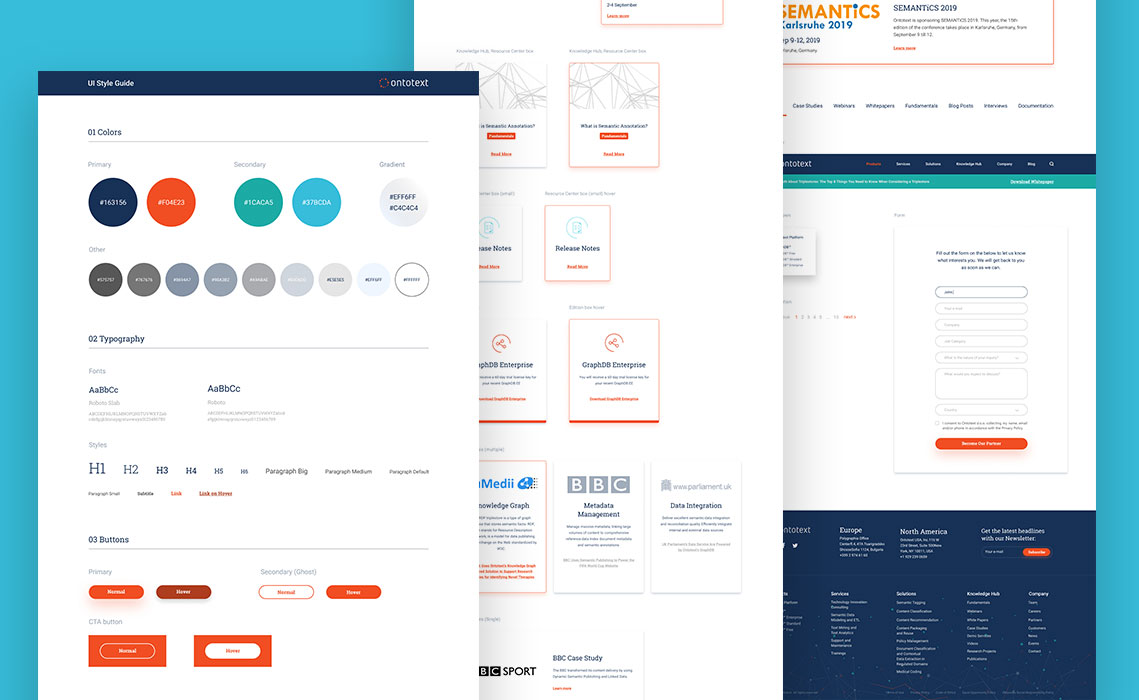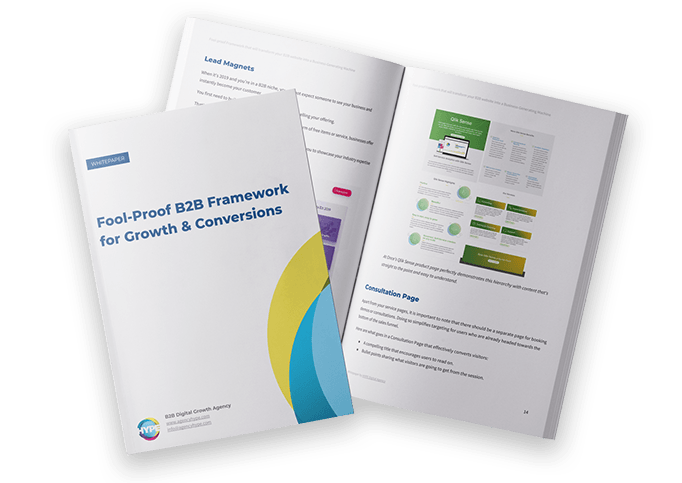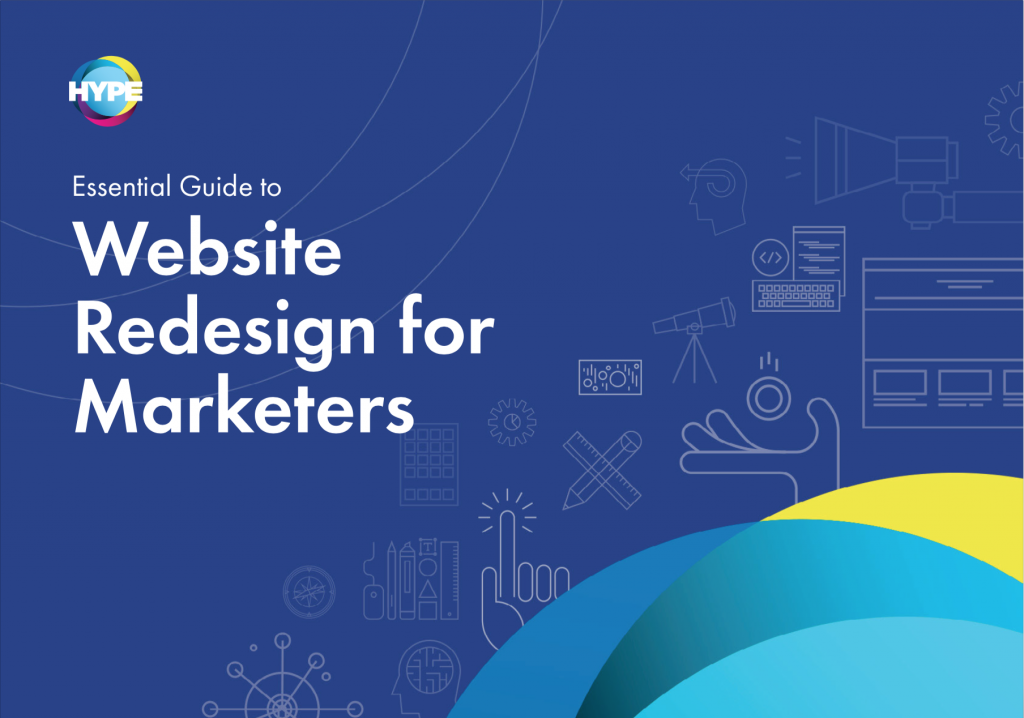Responsive design came on design stage in 2012 with all its glory and now it is famous as the best way to make mobile users happy.In simple words, responsive design means that website pages are able to reformat themselves depending on the device they are being opened on. So, desktop, tablet or phone, it really does not matter, the content can be seen in the same way and users are done with the annoying scrolling through the pages in order to read the whole text on a page.
What made responsive design so revolutionary in the web industry is that it solved the problem of creating two different websites — one for mobile and one for desktop. This is how running a marketing campaign or tracking a website visitors became way easier for their owners. Here we will outline the benefits of responsive design to help you decide whether it could improve your business.
Google says responsive is a must
The biggest search engine nowadays favors responsive design for several reasons. Firstly, on top of Google’s SEO criteria list is user experience and you know responsive design websites are the ones which best provide it. When presenting results for mobile searches, Google puts mobile-optimized in advantage.In addition, responsive websites have a single URL and the same HTML, making it easy for Google to crawl and index the content.
Greater User Experience for your visitors
Go for responsive, if you care for the modern user who browses on their phone or tablet as much as on their desktop. With responsive design all versions of your website use the same code and design. Responsive means that your content is easily arranged to the scale of any device. For example, you are browsing on your desktop and find something you like and you want to send it to your friend who is on their mobile. If the website is responsive, they will see the content exactly as you do. In other words, it is user oriented technique that makes it easier for your customers to find, understand and share your content. For now responsive is the most suitable way to make the most out of mobile and tablet traffic by offering greater user experience.
Responsive design kills the bounce rate
Bounce rate can be a huge problem if your website doesn’t work properly in mobile and tablet, even when it is standing good within the search results. When a user goes to your website, but then immediately goes back to the search engine results page, Google considers that move as a sign that your content is not the most relevant for this visitor’s requirement. Some possible reasons for the user to step back might be that the content they have just reached on their mobile is too stripped down or is simply different from the one shown on desktop. This all leads to a drop in Google rankings.
Responsive design means that you do not need to bargain your website content and your visitors will always get the information they are searching for, exactly what keeps them on your page. Your online marketing works better with responsive design People use their mobile to read their emails, to search and read content, to interact with brands, to use social media. Simply said, any aspect of your online marketing is dependent on mobile. Content, email, search or social media marketing will bring you more success if it is applied to a responsive website. Furthermore, you don’t have to promote different content once for mobile and once for desktop.
When talking about content marketing and responsive design, you benefit the most from offering your mobile audience the opportunity not only to read but to use your social sharing buttons as well. In another situation, when a user is opening an email with responsive template, they will be able to read it regardless their device and on top of this if they click on a link from this email and open a respectively responsive website they will not have troubles browsing it. Your search marketing is endangered if you offer mobile-only version of your website. If a page in search is not included in this version your user might not get to the information they are searching for due to annoying redirection troubles.
Lastly, a responsive website adds value to your social media marketing as well. If a person click on a promoted item on your Facebook page from their mobile, they will be able to purchase this item exactly like they would on their desktop.
A single URL is always better than two
As we said, a single but responsive website allows you to keep your backlinks and therefore you can focus on one SEO campaign, which is for sure cheaper than two. Consequently, all your links will be directed to one domain which increases your website in the search engine results page. Also your social shares will be built on one URL, so when your site is shared all the content will be clear and consistent, regardless the device. Last but not least, responsive eliminates the time for waiting useless redirects.
Return on investment (ROI)
What can put your ROI down is that you are not competitive enough and there is high probability that your competitors are already relying on responsive design. A recent research shows that 48% of all mobile and tablet user complain about the quality of the websites they are visiting. It is simple,If people like your website they are more likely to buy your product, simply because they like you. Moreover, 69% of tablet users have used their tablets to purchase goods or services this year. Responsive websites are easier for maintenance and they also can be redesigned without losing their ranking status in the search engine.
When it comes to ROI, simple and efficient responsive design can guarantee it because it makes it easier for both professionals and users to get the most out of the website.





